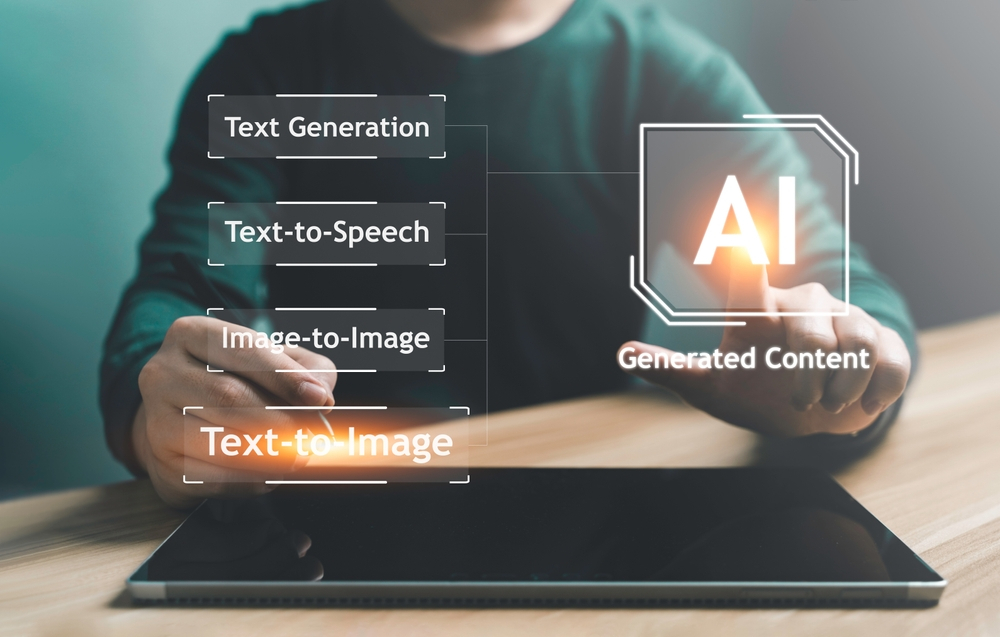Highlights:
- The new model excels in generating highly reliable text rendering and creating photorealistic, vivid images from user-provided text prompts.
- Ideogram introduces a novel functionality named “Magic Prompt,” designed to assist users in crafting detailed prompts that lead to the generation of imaginative and creative images.
Ideogram, a startup focused on artificial intelligence, recently revealed that it had secured USD 80 million in fresh funding, spearheaded by Andreessen Horowitz, along with the release of version 1.0 of the Ideogram text-to-image generative AI model.
The Series A funding round garnered investments from both existing supporters of Index Ventures and new backers Redpoint Ventures, Pear VC, and SV Angel. Notably, in August, Andreessen Horowitz co-led the initial seed funding round, which amounted to USD 16.5 million, alongside Index Ventures.
Ideogram asserts that its most recent text-to-image model “provides unprecedented photorealism, state-of-the-art text rendering, and prompt adherence” and is its most advanced to date. Additionally, it includes a novel functionality known as “Magic Prompt,” which assists users in composing elaborate prompts that elicit inventive and creative visuals.
The revolutionary model has established itself as a benchmark by consistently generating photorealistic and evocative images in response to users’ textual inputs. The generation of legible text has consistently posed a challenge for text-to-image generative AI models. When tasked with generating words and sentences in addition to images, these models often generate inaccurate text, complete gibberish, or bizarre symbols.
In addressing these challenges, leading developers in generative AI, like OpenAI, have enhanced their models to achieve heightened precision. OpenAI, for instance, has introduced DALL-E 3, which is renowned for its significantly improved accuracy. In a similar stride, Stability AI Ltd., a developer of open-source generative AI models, has unveiled a sneak peek of Stable Diffusion 3, showcasing advancements in its text rendering accuracy.
The Ideogram team stated in the announcement, “Our systematic evaluation shows that Ideogram 1.0 is the cutting edge in terms of rendered text accuracy, reducing error rates by nearly twofold compared to existing models.” The group compared DALL-E 3 to indicate that, in most cases, it produced errors at a rate of about half.
Regarding text-to-image generation, prompting is one factor that can significantly simplify the process of producing images with AI for the majority of users. This is the secret ingredient that enables a model to create an imaginative, vibrant, and attractive image. While it is accurate to assert that models comprehend human speech and can be engaged in discourse, an obstacle arises in the form of model-specific terminology, which necessitates a specific method of conveying the intended meaning.
Thus, the phrase “Magic Prompt” is applicable. As per the organization’s description, it functions as a “creative assistant” that “enhances, extends, and translates” prompts in an automated fashion to assist users in producing more aesthetically pleasing and imaginative images.
Even after Magic Prompt generates the extended prompt, users retain the flexibility to modify it according to the specific image they wish to develop.





























































